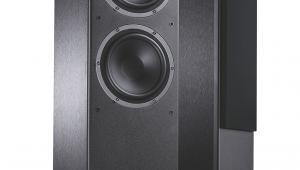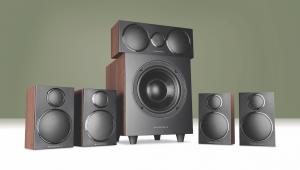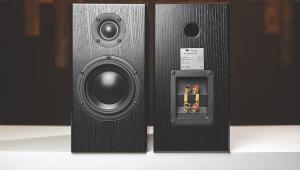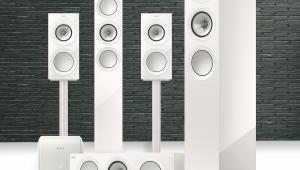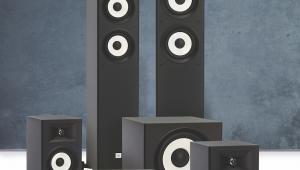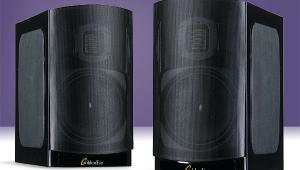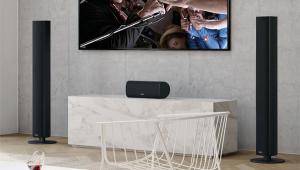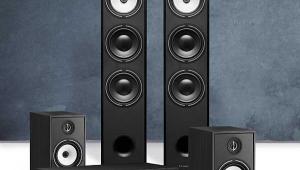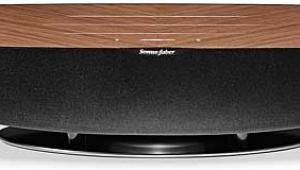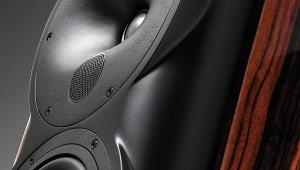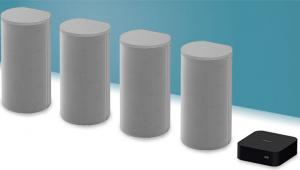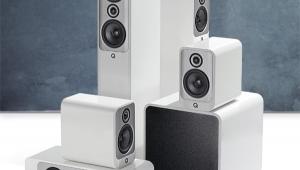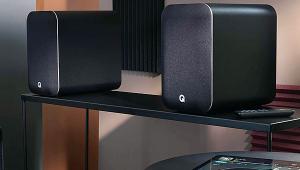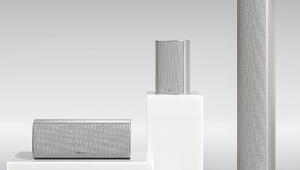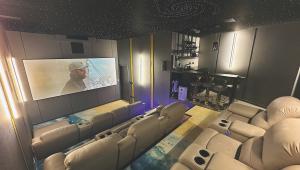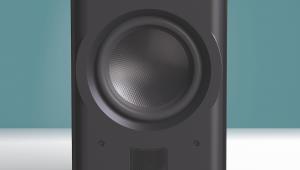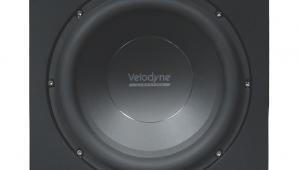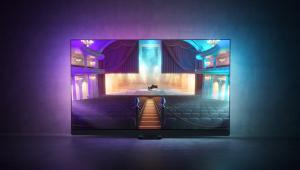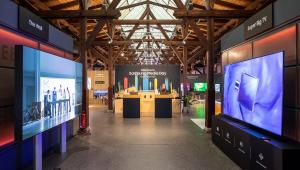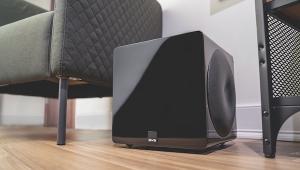Arendal Sound 1961 Series 5.1.2 speaker system review
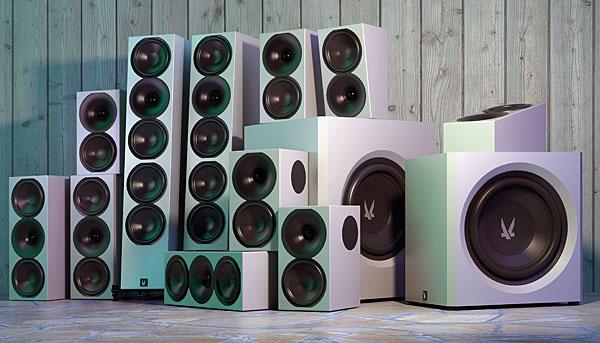
 Mark Craven assembles a 5.1.2 package from the Norwegian brand's multi-talented new speaker series
Mark Craven assembles a 5.1.2 package from the Norwegian brand's multi-talented new speaker series
Norwegian brand Arendal Sound is relatively new – it launched in 2015 – and as such its product range isn't extensive. But in adding the new 1961 Series to the existing flagship 1723 fleet (which comes in full-size and S-for-small variants), it's adding two elements that will appeal to cinema system builders – its first height model, and lower price points. The full 1961 Series (named in honour of the year the Tromøy Bridge was completed in Arendal, Norway, we're told) is nothing if not comprehensive, comprising floorstander, monitor and bookshelf models, plus a centre channel, 'TriAxial' surround speaker, and the aforementioned height option.
There's therefore plenty of flexibility when it comes to assembling a multichannel setup. Here, we've opted for a 5.1.2 system with a retail price of approximately €4,300. Arendal Sound uses a direct retail model, meaning orders are placed on its website and speakers shipped straight to the customer. There's a 60-day 'buy and try' period, during which speakers can be returned if they're not to your liking, although return shipping costs come into play.
Trickle-Down Tech
Standing front left and right in our system is the flagship 1961 Tower, a floorstander priced €1,500 per pair. Driver and cabinet design here crops up across the rest of the range, so let's investigate.
Arendal describes the 1961 as a 'trickle-down small-frame loudspeaker series.' While the latter part of that statement will depend on your frame of reference, these certainly are slim when compared to many floorstanders (and dwarfed by Arendal Sound's flagship 1723 Tower). The centre channel and surrounds are still the sort of speaker that will require some placement planning, tho. As for the 'trickle-down' aspect, this applies to much of this series' overall design, first in the use of HDF (rather than MDF) for cabinet construction, and paint rather than vinyl finishes – two facets of Arendal's first 1723 models. They're very much a continuation of a style.
There are similar driver technologies in play too. The Tower's tweeter uses essentially the same 28mm dome as its costlier sibling, only with a ferrite magnet rather than neodymium, and 'minor changes to the motor system.' Once again this high-frequency unit is mounted within a sizeable waveguide, for a claimed wide, even dispersion. It also leads to stylistic harmony with the speaker's other drivers. There are four 5.5in 'woofers' arranged on the 1961 Tower's front baffle. One sits above the tweeter, the other three below. While they appear identical, this is a 2.5-way design with both 'bass' and 'midbass' drivers, and a 120Hz/1,500Hz crossover network.
These drivers, as with the tweeter, are custom in-house designs – again based on the 1723 series – with surrounds that hide their screw fixings. Each has a central dustcap within its pulp fibre cone.
Arendal believes that by channelling the engineering process and materials of its other range into this new lineup, the two will work well together. 'You get the same voicing, the same sounds,' explains company Product Manager Thomas Gunvaldsen. 'You have timbre-matching between the larger series and the 1961 models, so you can mix and match.'
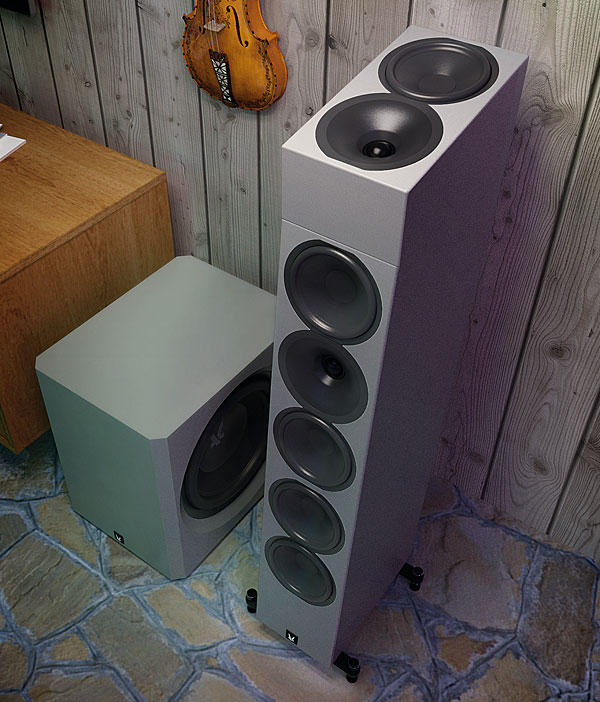
The 1961 Tower cabinet itself is a little unusual, as it angles backwards by about five degrees. This is not just for visual charm, but for a degree of physical time alignment to better integrate the output of its driver array. Frequency response is rated down to 49Hz if the speaker's rear vent is fitted with the supplied foam bung – which is recommended if you need to position them close to your wall. Run in 'vented' mode, and bass reach drops to a claimed 39Hz.
As for the other models in our system, Arendal's 1961 Centre, which is a sealed cabinet, uses two identical 5.5in midbass drivers, and a single tweeter. The Surround models feature single 5.5in midbass and tweeter units on their front baffles, plus side-firing 3in full-range drivers in a dipole configuration. The 1961 Height is a two-way model, with single 5.5in midbass and 1in tweeter, mounted in a baffle offset by 10 degrees. It's also designed to be mounted on a wall for height channel duty, angled downward. A small groove in its bottom plate channels speaker wire, allowing a flush-to-wall/speaker fit, but with terminals mounted at 90 degrees, you'll find a bare-wire connection works best.
We've previously auditioned the 1961 Subwoofer 1S [HCC #306], but here's a quick recap. Like its vented sibling, the Subwoofer 1V, it features a freshly minted 12.2in long fibre pulp woofer amidst a large isoprene rubber surround. Finite element analysis (FEA) and Klippel laser modelling have been used, says Arendal, in the design of the woofer, voice coil and motor assembly.
The sub's back panel offers no crossover, gain knob, or phase switch, as all these options (and more) are set via its 1.8in hi-res colour LCD display. This is also the gateway to the three-band parametric EQ and two EQ presets (one designed for music/small room listening with attenuation from 40Hz) of the company's new Avalanche 550IQ internal amplifier. Power is rated, as the name suggests, at 550W.
 |
Home Cinema Choice #351 is on sale now, featuring: Samsung S95D flagship OLED TV; Ascendo loudspeakers; Pioneer VSA-LX805 AV receiver; UST projector roundup; 2024’s summer movies; Conan 4K; and more
|

